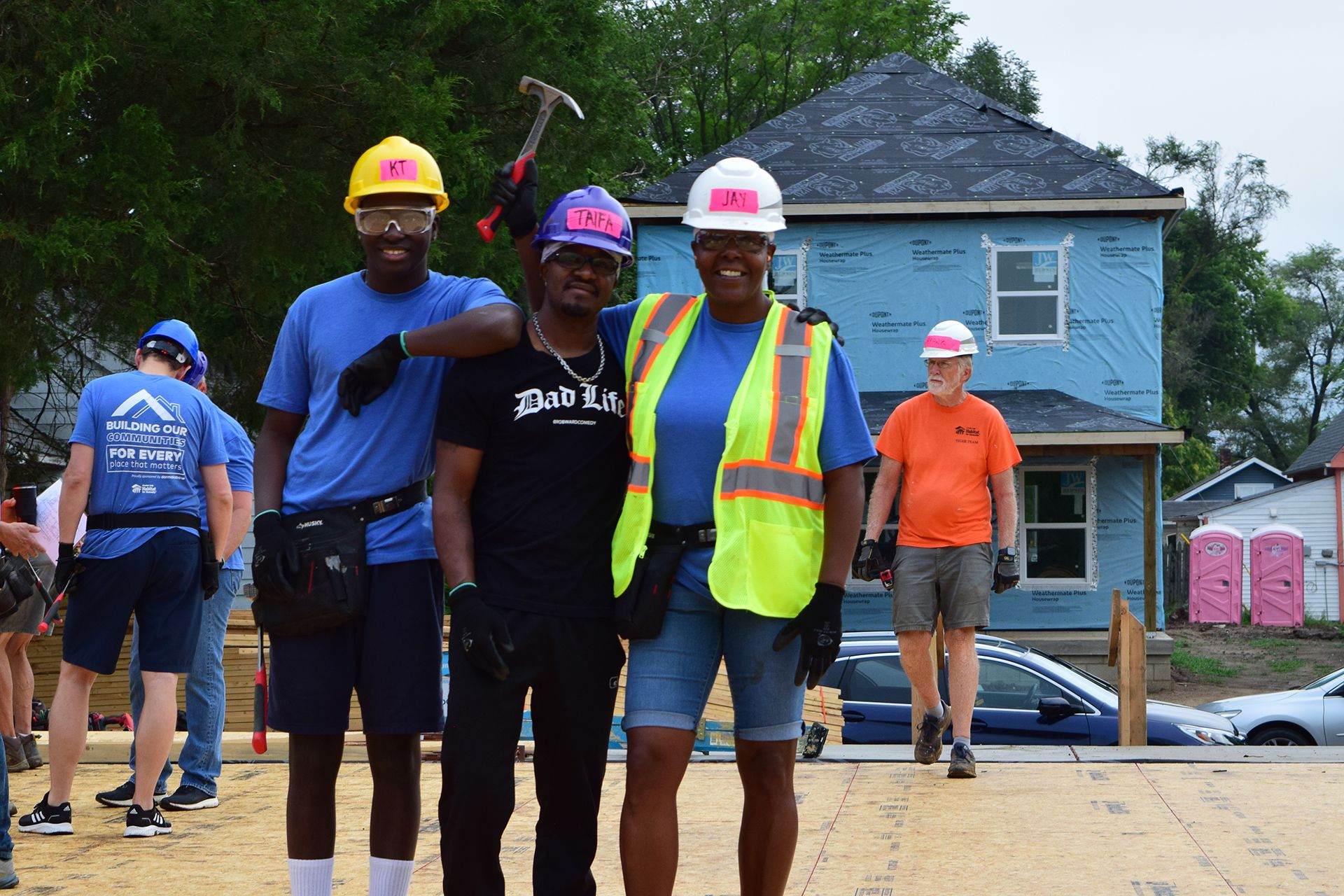
analytics are demolishing
the barriers to
financial inclusion
In the United States, as in many countries around the globe, millions of people cannot get a loan to start a business, buy a car or buy a home, because they do not have a credit history. Now, new information tools are helping to build a more complete picture of creditworthiness and allowing lenders to extend credit to the financially excluded for the first time.
By Peter Green
When the rent for Jalynnka Harris’ Indianapolis apartment was raised – not for the first time – the single mother of two teenage children decided the moment had come to buy a home for her family. With no debt, a college degree, and a steady job as a packaging instructor at a local factory, she figured securing a mortgage would be easy.
But Harris hit a problem. Having paid cash or written a check for everything she had ever owned, from a car to her smartphone, she had no credit rating. And without a credit rating, she couldn’t get a mortgage; and without a mortgage, she would not be able to buy a home.
Millions of Americans are in the same boat. A study by the U.S. Consumer Financial Protection Bureau (CFPB) estimates that an astonishing 45m Americans, more than 20 percent of the adult population, are “credit invisible” – either because, like Harris or recent immigrants, they have no credit history, or because the data is outdated or insufficient.
Worldwide, the World Bank estimates that 2bn people lack access to formal financial services. They are the “unbanked” – people without access to even basic transaction accounts. This is especially a problem for the poor, for women, and for people in rural areas. Without access to credit, the climb out of poverty can be insurmountable.
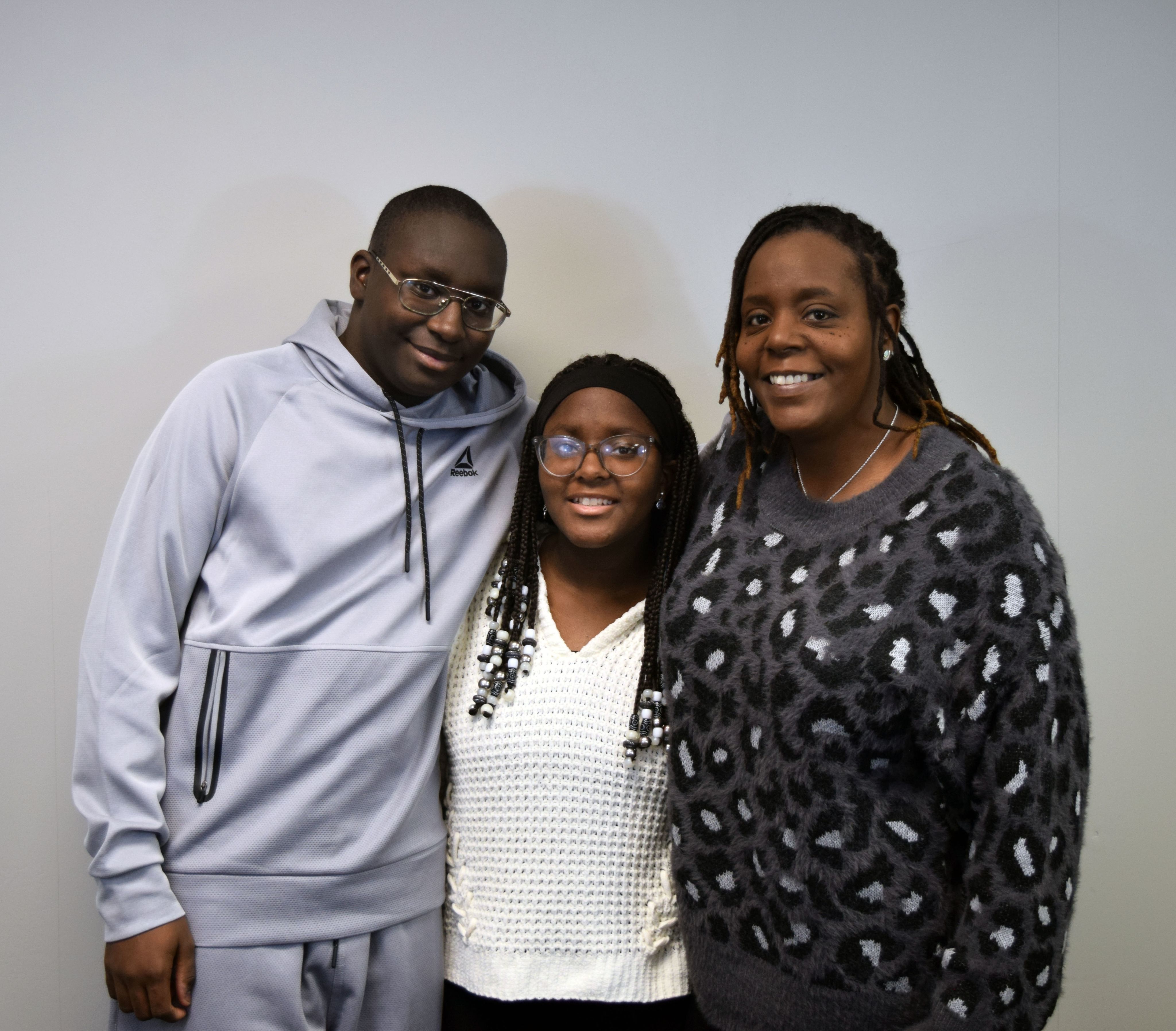
From analytics to credit
Fortunately, a new focus on leveraging data and digital technology is transforming financial services provision for the “credit invisible.” Data has become the new weapon in the fight against financial exclusion.
One institution that is experimenting with the new model is Habitat for Humanity, the housing non-profit long associated with former U.S. president Jimmy Carter. Harris applied to join the programme after seeing adverts on TV. Habitat agreed to build her a house, and to arrange a 20-year, interest-free mortgage. All she had to do was convince Habitat that, despite having no formal credit rating, she could pay them back. Plus, she would be expected to do some of the building herself.
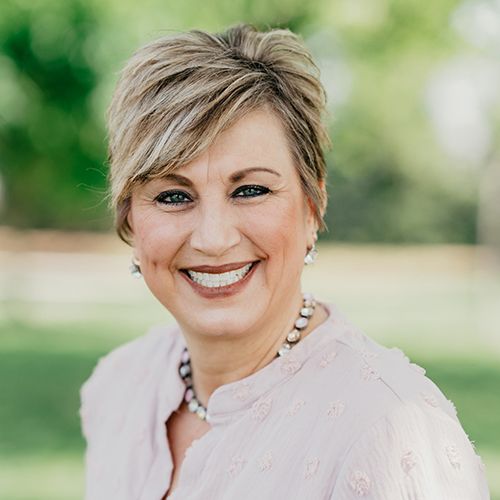
Jennifer Brammer
Jennifer Brammer
Jennifer Brammer, vice president for homeownership and mortgage services at Greater Indianapolis Habitat for Humanity, says the organization was willing to bank Harris, when no other lender would, because “we are not credit score driven.” “The typical mortgage lender goes by [an applicant’s] credit score,” she explains. “We look more holistically at their entire credit profile: their character, their ability to pay, their willingness to partner, versus just looking at their credit report and saying, ‘You know what? They don’t fit this black-and-white guideline profile that we’re trying to go by, so we can’t help them.”
A vast majority of banks still rely on traditional credit scores to evaluate client risk. Typically, a credit score predicts the likelihood that a consumer will pay back their debt using a fixed criteria examining certain credit behaviors. A mathematical formula, known as a scoring model, creates a credit score based on factors including a consumer’s record of paying off debt, total amount of debt, income, family size, job stability, and a host of other factors. In the U.S., most consumers are familiar with their FICO score, named for the Fair Isaac Corporation, which developed the first U.S. credit score. Without a FICO score, a consumer can’t get a home mortgage, a car loan, or even a credit card. Instead, they turn to payday lenders and other high-interest sources for short-term funds, often locking themselves out of the conventional financial system.
In the U.S., the CFPB notes that Black consumers, Hispanic consumers, and consumers in low-income neighborhoods are more likely to have no credit history or not enough current credit history to produce a credit score.
But according to Richard Cordray, director of the CFPB between 2012 and 2017, alternative data from unconventional sources may help consumers who are stuck outside the system build a credit history to access mainstream credit sources.
By sorting through the wealth of credit and consumer information now available, many lenders have found an alternative path to assessing how much debt a consumer can take on, and how likely they are to pay that debt back. That’s good news for consumers who can get cheaper and more reliable credit, and also for lenders, which can loan more money to more people more safely.

A 360-degree view
To marshal this wealth of new data, lenders are turning to companies such as LexisNexis Risk Solutions, whose RiskView solutions combs publicly available data sources, such as county courthouses and federal and state agencies to make credit assessments.

John McWilliams
John McWilliams
John McWilliams is director of consultative solutions at LexisNexis Risk Solutions, where he works on leveraging alternative data to promote financial inclusion. “We’re using data from public and proprietary data sources, he says. "This includes alternative data that looks at a variety of non-credit events that speak to the stability of a person, their asset profile and many non-derogatory data signals like education data, personal property ownership, and professional license data," says McWilliams. The result is that many people without a credit history show they have behaviors that actually make them a good credit risk and gives lenders more reasons to approve a credit application.
The users of this alternative data include Community Development Financial Institutions, known as CDFIs, which specialize in lending to the “credit invisible.” For them, the results of using RiskView are astonishing. Crunching the numbers on lenders that use the alternative data, LexisNexis Risk Solutions found that those who used RiskView increased approval rates for Hispanic borrowers from 27 percent to 33 percent, and for Black populations from 18 percent to 24 percent, without changing their overall portfolio risk. For the overall population, using RiskView eased the approval rate from 49 percent to 55 percent.
The increase in lending came with hardly any increase in default, which rose only 0.7 percent among Black populations, 0.3 percent among Hispanics and 0.4 percent among the overall population. Some borrowers who did have a FICO score, but whose score was too low to qualify them for a loan, were able to reach a qualifying level of creditworthiness when lenders used RiskView.
RiskView provides scores for consumer credit which look and feel very much like traditional credit reports and credit scores and which comply with U.S. fair credit and privacy laws. So far, it has helped lenders assess the risk of 40m people who had no credit profile before.
A typical RiskView report gives results on the same 300 to 850-point scale as a FICO score, building from a dozen or so criteria, including education levels, bankruptcies, records of property ownership and the trend in property moves, landlord-tenant court disputes, liens and judgments (which are no longer used by the main U.S. credit bureaus), criminal records, and even the records of business associations.
Habitat for Humanity relies on RiskView to create credit profiles for applicants such as Harris in Indianapolis. “We’re looking at how long have you been on your job, at your tax returns, at your ability to pay. We're looking at life stability,” Brammer, who previously worked as a commercial bank loan officer, explains.
Habitat serves individuals whose “file wouldn’t ever have made it to my desk in the traditional financial institution world because their credit profile is not good enough,” she adds.
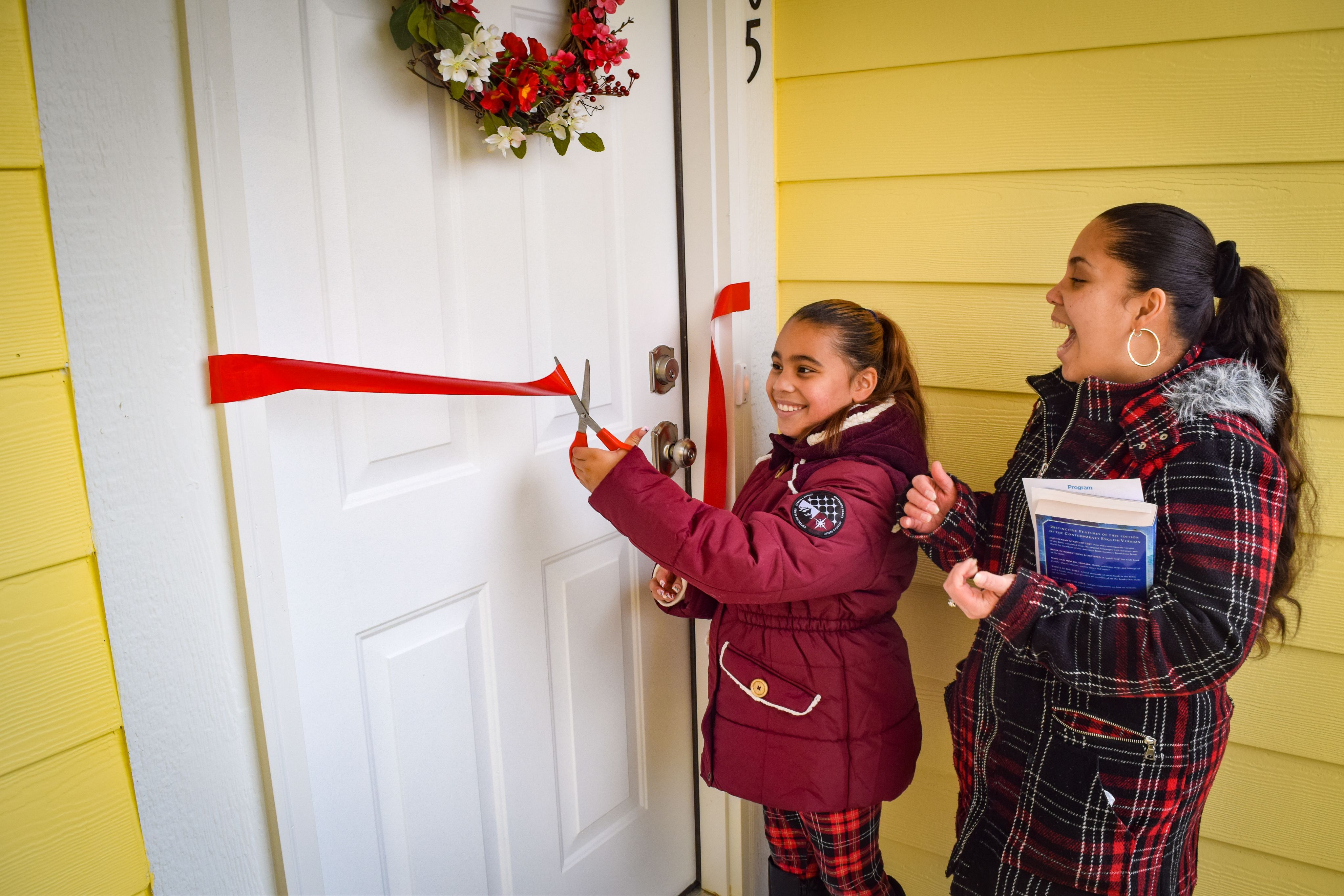
Widening financial inclusion
The value of collecting alternative insights and using it to extend affordable credit is even stronger in countries where financial services are only available to the already wealthy and those with stable salaried employment.
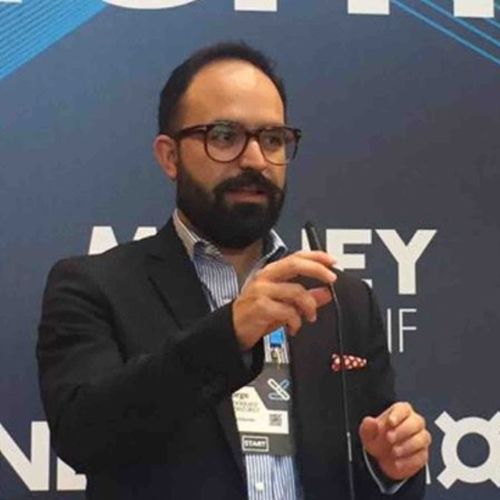
Jorge Enriquez
Jorge Enriquez
In Mexico, where data privacy regulation is different from the US, Jorge Enriquez co-founder and CEO of Credilikeme, a microlending app, to explore new avenues for those who struggle to get financing. Enriquez, who co-founded the company with two lifelong friends, thought that data from the smartphones of potential customers could do a good job in assessing the risk of default.
Credilikeme uses a proprietary online gamification system that builds trust while incentivizing good credit behaviour. By also leveraging digital insights provided by LexisNexis Risk Solutions, Credilikeme can detect early payment default behavior patterns with specific phones or IP addresses. This helps Enriquez not only screen out bad actors but also approve more loans.
"To assess and price credit risk in order to distribute microloans online is a daunting task. We need to assess intent and ability to pay. Combining LexisNexis Risk Solutions’ alternative digital early payment default models with traditional bureau data [when available] along with the information from the loan application form allows our machine learning algorithms underwrite loans and provide the services to users that do not have access to formal credit," Enriquez says.
Analyzing data across vast anonymized user sets gives Credilikeme a highly accurate assessment of how likely a particular borrower is to repay the loan on time. About one-quarter of his borrowers use loans for their businesses, while about half borrow to get through a short-term emergency.
“The majority of our applicants are looking for an option that’s reliable and secure, and to help, we need to have the technology to assess them correctly, and identify them and give them a loan,” says Enriquez. Without a FICO score, or even with a bad score, “nobody's going to give them a loan.”
“But we see the data, and we say wait, even though FICO says no, this alternative data set allows us to price the risk accordingly and trust them and empower them to access formal credit and overtime better loan conditions,” says Enriquez. “And then,” he adds, “we report their progress to the credit bureaus, so they can build or rebuild a FICO score.”

A powerful weapon against poverty
For Douglas Pearce, the global lead for financial inclusion at the World Bank, data can be a powerful tool to expand financial inclusion in the developing world.
“Financial inclusion, at its best, opens up opportunities in a way that perhaps no other single intervention does,” he says. While he is encouraged by the uptake of mobile banking services in the developing world, he believes data holds the key to broader and more affordable financial services.
“If the data on transactions isn’t being made use of, then the ability to benefit from cheaper, more diverse financial services isn’t either,” he explains. “Digital technologies are having a huge impact in terms of individuals, entrepreneurs being able to access services they never had access to before. We have tremendous opportunity to move forward the reality for people on the ground, in terms of how they are able to access financial services.”
Back in Indianapolis, Harris, with the help of Habitat, has built a three-bedroom, 1,100 square-foot, single-story home with a front porch, a red door, and a small yard, for $132,000. “I hammered, I swung paint brushes, I used chainsaws and nail guns and pretty much every tool. I put floors down, I painted walls, I put siding up.”
Harris’ mortgage will come to about $500 a month for 20 years – less than she was paying in rent. “They really kind of go by your ability to pay and whether you can afford the home,” she says in a phone call from her new property, which her family moved into in December. “I know I can, because if I could pay this amount in rent, I’m sure I can put this money into my own house.”
To qualify for the program, Habitat loan officers worked with Harris on a financial lifeplan, helping her plot her spending and saving for the duration of her mortgage. When her application was approved, she remembers just sitting there with the letter. “And I cried. I just cried.”
